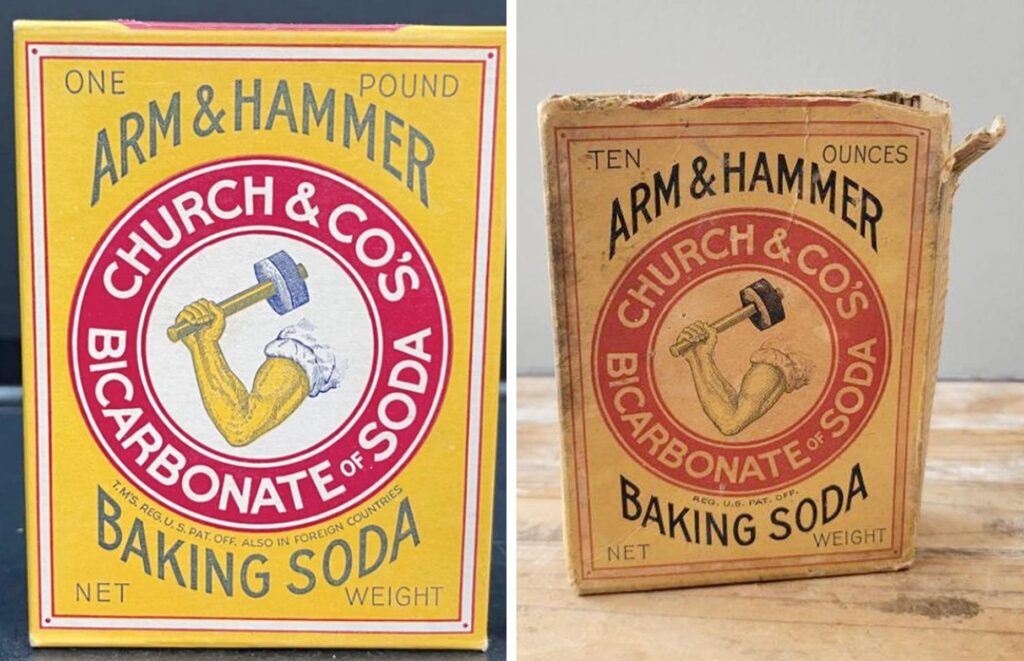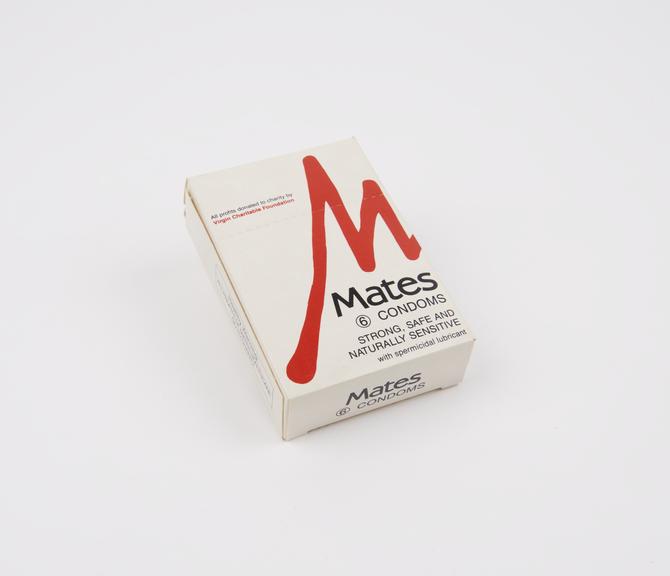Iconic Ads: Skoda – Cake

Creating and building an edible Skoda Fabia car made completely from confectionary was a unique way of showing the car’s new features
In 1999, Fallon started work with Skoda; and by early 2000, the agency had launched its first campaign for the first generation Fabia supermini, Felicia’s replacement. Grey London had done a good job of restoring the company’s image, but Skoda vehicles were still the source of many jokes and were considered “naff” by British customers. The first series of Fallon advertisements used the public’s scepticism that a Skoda vehicle could be of excellent quality to their advantage, with the tagline “It’s a Skoda, honest.” The public’s perception of the brand changed substantially thanks to the ad. During the time frame when the advertisement was shown, sales of Skoda automobiles hit an all-time high.
With the introduction of the second-generation Fabia, Fallon decided to move attention away from bettering the Skoda brand as a whole and toward promoting specific elements of the automobiles themselves. The Fabia was marketed as “full of lovely stuff” because of its many “smaller, helpful features” such as hooks for carrying bags in the trunk to keep shopping upright. It also needed to come up with an original ad that would differentiate itself from the sea of boring and predictable vehicle commercials already out there.
Chris Bovill and John Allison were welcomed to their new position as creatives at Fallon with an immediate meeting with creative director Richard Flintham. After exchanging handshakes, the pair were given a brief about Skoda. After the success of Fallon’s first advertising campaign, “The Honest campaign,” which was released while John and Chris had just started advertising, the bar was set rather high for their next endeavour. After that and other successful commercials like “Gymnast, “the pair knew they would need to execute something remarkable to do justice to the brand.
As John and Chris were discussing the possibility of making a commercial out of the concept of constructing a vehicle out of cake, they were sharing a cake on Valentine’s Day. Chris Palmer directed a daring TV commercial in which a group of people construct a Fabia out of different kinds of cake and sweet delicacies. There was just a four-week window to put this plan into action. No research could be conducted at the time. Skoda, on the other hand, had to trust their intuition.
It took four days to film and roughly £500,000 to produce, and at any moment anything might have gone wrong.
They had the Queen’s top icer and superb production experts who knew what they could accomplish with cake on their team. The foundation required a lot of Madeira sponge, which has the necessary density to support the load, but none could be provided in time. They recruited a woman who had started a cake business, but business was slow. She finished the sponge, and once the advertisement was released, she began selling Madeira sponge, which saved her company.
If the cake/car had collapsed, they had no idea what to do since they had made no preparations for that possibility.
Director Chris Palmer was hired once the project was given the go-ahead. Palmer wanted to film the making of a real, life-size Fabia cake with little CGI. With just four weeks to go before the full advertisement was scheduled to run, and with Easter festivities taking up a big chunk of that time, there was no time for any kind of research. The production had to make all choices on the fly.
Off-camera, a large production team worked with the on-screen crew. This team included six home economists led by Peta O’Brien and Sarah Tildersley, three sugar chefs, a machine operator, two prop specialists, and four special effects modelmakers from Pennicott Payne Ltd.
Preparation work, including casting moulds for the Rice Krispie panels, was done a week before the filming at Shepperton Studios, where the scenes were shot over four days using baking apparatus borrowed by baking equipment manufacturer Brook Foods. The Skoda badge was installed at 2:30 a.m. on the last day of production, ensuring that the whole run was completed on time. After four days under bright studio lights, the team decided the cake was no longer appropriate for human consumption and instead gave it to the East London Community Recycling Project in Clapham for composting. This led to complaints that the project was being mismanaged and wasteful. While most of it was thrown away, the chocolate speedometer and marzipan wing mirrors were preserved for posterity.
A fun fact about the Skoda commercial is that when Skoda asked EMI for permission to use the music, Julie Andrews added her stamp of approval to the piece. The powerful effect that music can have on the appeal of commercials, and this instance proves the point more clearly than before. It’s a great reminder of Julie Andrews’s immense ability. The unique value of this piece is shown by the great sound quality of the recording, her clear pronunciation, and her pitch-perfect voice.
The Impact
In less than a month, 700,000 people watched the ad on YouTube, and 9 Facebook groups with more than 2,000 members were started because of it.
The editorial attention it received was worth £700,000. Ten national features and two spots on BBC Radio 1 were featured.
When it aired, the commercial had the highest share of voice of any car commercial.
Composition of the Cake
Materials:
180 eggs, 100kg of flour, and 100kg of caster sugar.
Two bakers made 448 Madeira ‘brick cakes’ to form the foundation of the car’s chassis
Many cake bricks were layered with kilos of buttercream icing.
Large quantities of sweet chocolate sauce, 30kg of almonds and 65kg of dried fruit make the ‘crispy cake’ mix for the car’s bodywork.
The bodywork had been achieved by taking a mould of a real Skoda Fabia car.
The crispy cake panels consisted of boxes and boxes of rice crispies, glacier cherries and chocolate to hold the body panels altogether.
The paintwork was made up of sheets of fondant icing, coloured with 180kg of orange sugar paste, covering the moulded crispy cake panels.
A 300g tin of golden syrup is poured in place as the engine oil.
Liquorice laces were used to create the fanbelt, windscreen wipers and aerial.
The windows were made from fondant icing and 90kg of brown sugar paste
12.5kg of the jam was piped onto Battenburg cakes, and iced together to form the interior decor.
The radiators were made of 60 chocolate blocks, two front headlights made from hundreds of fox’s glacier mints glued together with egg whites, and meringues for fog lights. ‘After eights’ were used for the wing side lights.
Real jelly was used for the wobbly front headlights.
Finally, the icing sugar Skoda logo was added as the finishing touch.



